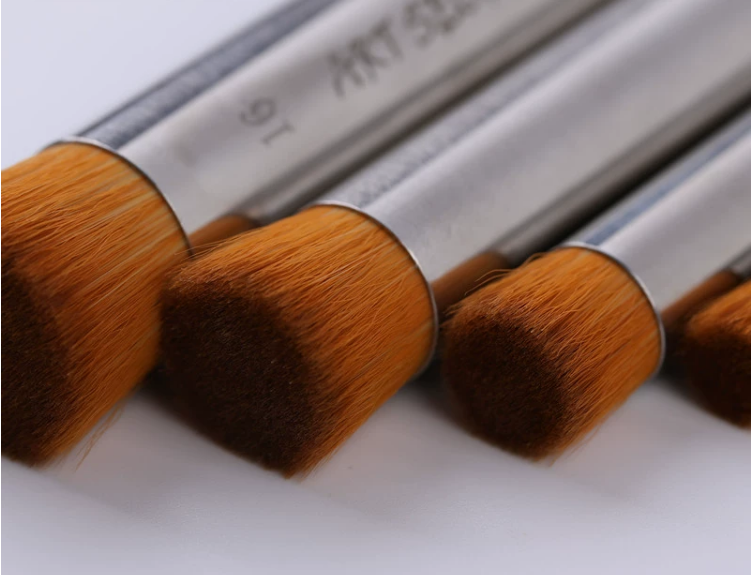Researchers from the Pacific Northwest National Laboratory and Brookhaven National Laboratory in the United States have determined the crystal structure of a protein cce_0566, which is labeled DUF269, from a photosynthetic bacterium with a completely different lifestyle during the day and night photosynthetic bacterium) cyanobacteria 51142, and it also belongs to a family of proteins containing an unknown functional domain.
They found that a crack achievable by a solvent containing conservatively charged amino acid residues at the interface of the asymmetric unit of the crystal may be an active site or ligand binding surface. The protein folding observed in Cyanothece 51142 appears to be unique to the DUF269 protein family.
In the daytime, cyanobacteria 51142 uses sunlight to convert carbon dioxide into molecular oxygen and glucose, a process known as photosynthesis. At night, it uses glucose to convert nitrogen in the atmosphere into bioavailable ammonia, a process known as nitrogen fixation.
Understanding how this single-celled organism regulates photosynthesis and nitrogen fixation may be of great benefit to multicellular organisms such as humans, because hydrogen is a byproduct of nitrogen fixation. The clues to understanding the process of regulating nitrogen fixation may exist in 34 genes in the nitrogen fixation gene collection of cyanobacteria. DUF269 is one of these genes.
The cce_0566 crystal was cultivated at the Pacific Northwest National Laboratory and sent to Brookhaven National Laboratory for X-ray diffraction experiments. Nuclear magnetic resonance data and other biophysical data confirmed that the biological unit of DUF269 in solution was the same as that observed in the asymmetric unit of the dimer crystal.
Types of brushes.There are so many many brushes:washes/glazes, rounds, flats, filberts and liners and more. Choosing the right type for the technique is important. Let`s look at the different types.Flat Brushes-Flats are brushes with a straight chisel edge and square shaped filaments. These can be known as shades if they`re in smaller sizes and washes/glazes if in bigger sizes. Large areas are painted with a wash/glaze brush whereas smaller flats are used for small areas of painting. Round brushes-Round brushes have a large diameter of the ferrule, more so than a liner, which can be used for applying thick to thin lines, filling in odd shaped areas, painting details and work great for lettering. Liners don`t hold as much paint as a round, however, they are super great for creating lines or curves. Script liners are similar to liners but the filaments are much longer and hold more paint. A round brush tapers to a pointed tip – several types of rounds are referred to rounds, liners or script liners. Angle brushes are filaments that have been cut on an angle – these are excellent to use in small or curved areas of the painting.Filberts Brushes with oval shaped filaments are known as filberts in smaller sizes and oval wash in larger sizes. Both shapes can be used for base coating, stroke work and more. There are filbert combs, filbert wash and more.Mop Brushes,Then there are mop brushes–great for blending and smoothing out small areas. They`re also ideal for applying powdered pigments–just dust them lightly over hot or tacky wax.Specialty Brushes-Then there are all the speciality brushes on the market used for certain techniques and garner their own results–fan, deer-foot, stumbler, mops,stencil and more.

Stencil Brush for Painting, Paint Brush, Boar Painting Brushes
SAMINA FORAM (SHENZHEN) CO., LIMITED. , https://www.saminamakeuptools.com